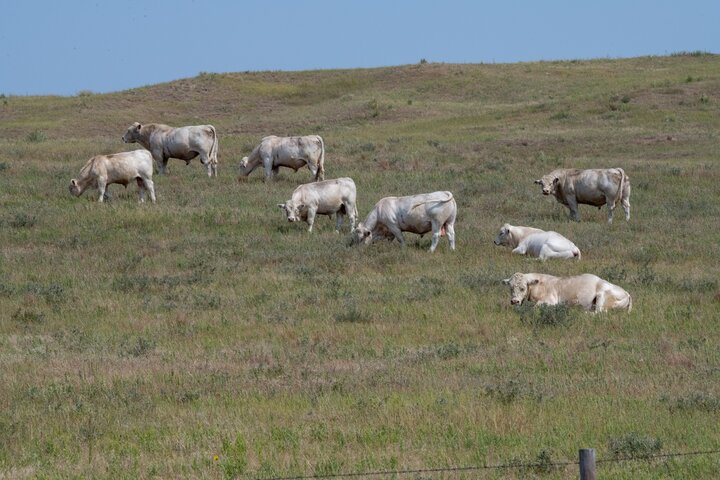Bull sale season is underway. Catalogs are being studied, EPDs and individual animal performance numbers are being compared, and choices are being made as to which bulls will be the next herd sires. One of the primary drivers in the choice of which bull will be bought is the bull’s price. The perceived breeding value and the expected value of a bull’s offspring are evaluated by the potential purchaser and compared to the bull’s price. As long as the perceived value the bull is expected to bring to the operation exceeds the bull’s cost then the bidding continues.
When evaluating how much one can afford to pay for a bull, remember to take into account not only the bull’s purchase price, but also the annual care and feed cost that will be associated with using that bull to sire calves. The expected cull value of the bull when he leaves the herd should be credited against the cost of ownership. When all of these costs and credits are taken into account, then the total expected bull cost can be calculated.
Next consider how prolific you expect a bull to be in siring calves. The expected number of years of service, the bull to cow ratio and expected pregnancy rates all impact total calves sired. Once this expected number is tabulated, then bull cost per calf produced can be calculated.
Bull costs can be a significant expense to the cow-calf enterprise. Nebraska Extension has developed an Excel® spreadsheet tool called the “Breeding Cost Cow-Q-Lator” that provides producers with a framework from which to calculate what estimated bull breeding costs are per cow and per calf produced.
This spreadsheet also allows producers to compare the cost of using natural service to artificial insemination (A.I.) and to evaluate that as a breeding opportunity. The benefits of estrus synchrony, proven success of fixed time A.I., combined with the prospect of using the best bulls in the industry can make A.I. a cost-effective option to use alone or in combination with natural service.
Conclusion
Taking the time to evaluate breeding expenses and bull cost based on cost per calf produced or cost per pound of calf produced can give insight into the value of a bull. The “Breeding Cost Cow-Q-Lator” can be a helpful tool for producers to utilize in evaluating what they can afford to spend on a bull in comparison to the expected value he will produce.
See the “Breeding Cost Cow-Q-lator” spreadsheet and a tutorial video for more information on using the Excel® spreadsheet and an example of comparing natural service to artificial insemination.
Interviews with the authors of BeefWatch newsletter articles become available throughout the month of publication and are accessible at https://go.unl.edu/podcast.

